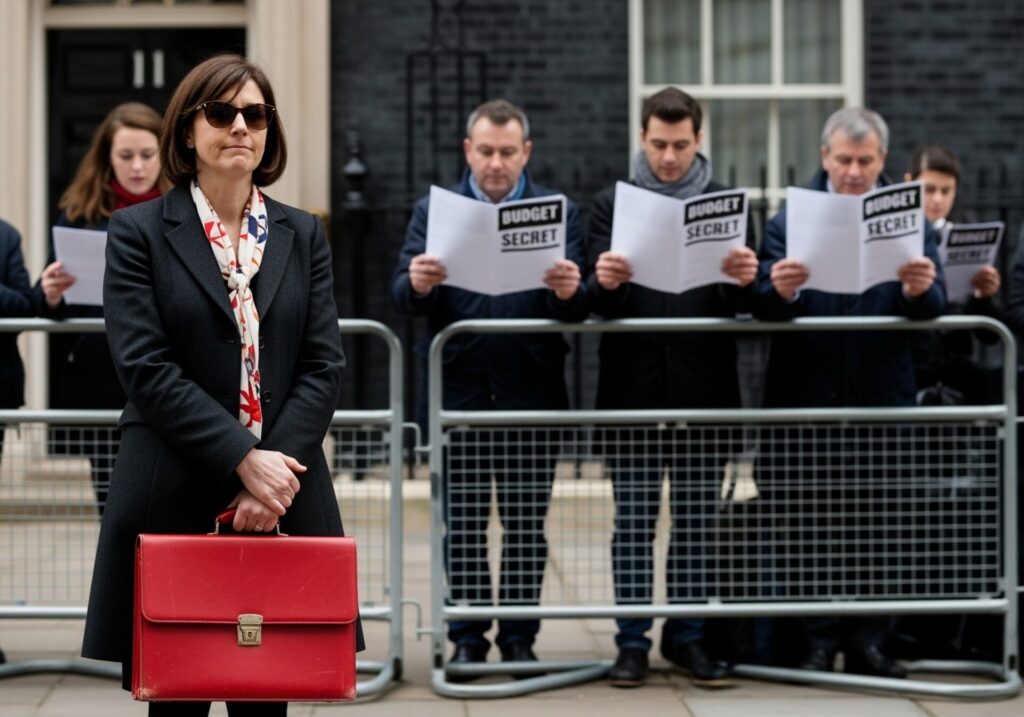
The Autumn Budget delivered today (26 November 2025) was widely expected to bring quick, headline-grabbing changes to the cost of moving home — particularly around stamp duty. Instead, the Chancellor took a steadier route for mainstream buyers and sellers, while signalling a longer-term shift in how higher-value property will be taxed.
For the UK market — and for Cambridge and the villages we serve — the Budget’s message is: no immediate disruption to transactions, but an important steer for the prime end over the coming years.
The key property change: a new high-value council tax surcharge (from April 2028)
The Budget confirms a new council-tax style surcharge on homes valued at £2 million and above, often described in the press as a “mansion tax.” This will sit on top of existing council tax bands after a revaluation of high-value homes, and is due to begin in April 2028, not straight away. The expected revenue is around £400 million per year once introduced.
London and the South East will feel this most sharply, but it does matter in Cambridgeshire for premium city homes and top-tier village stock.
This is likely to cap price growth at the very top end, as buyers tend to adjust what they’ll pay when future annual costs are on the horizon. It may also create a “threshold effect,” with homes near £2m priced more carefully to avoid tipping into the surcharge bands, which are expected to rise with value. Finally, it could encourage earlier prime moves: sellers already considering downsizing or relocating may prefer to act before the tax becomes a bigger psychological factor for buyers nearer 2028.
For the bulk of the market — sub-£2m family homes, commuter properties, first-time buyer stock — this change is background noise for now, but worth being aware of in long-term planning conversations.
What didn’t change today: stamp duty stays as-is
Despite heavy pre-Budget speculation, the Chancellor did not announce any stamp duty land tax (SDLT) reform today. That means no new bands, no temporary holidays, and no shift to a different system.
This means chains can keep moving: sudden SDLT changes often trigger a short-term surge followed by a freeze, so avoiding that kind of cliff edge helps transaction flow stay steadier. It also removes deadline pressure — buyers don’t need to rush to beat a tax change, and sellers don’t need to panic-price for fear of a shrinking buyer pool.
In short, the rules of buying and selling haven’t been reset overnight, which is positive for confidence.
Market impact for buyers
Because there’s no new transaction cost today, the buyer landscape remains broadly the one we’ve been in through late 2025: selective, value-driven, and negotiation-friendly.
Buyers can expect a steady level of choice: without a stamp duty rush, stock should keep coming to market at a normal pace. Negotiation will remain real too — buyers will continue to push on condition, pricing, and value, especially where a property needs modernisation or is priced optimistically. Prime buyers also need to factor in the 2028 surcharge: if you’re shopping above or near £2m, that future annual cost will increasingly form part of the decision, even if it’s still three years away.
Market impact for sellers
For mainstream sellers, the Budget is quietly reassuring: no policy bombshell that shrinks your buyer pool overnight.
This means pricing correctly is still the whole game. With no stimulus adding froth, buyers are paying for quality, location, and condition — not hype. Presentation continues to pay off, as turn-key homes outperform “project” properties on both speed of sale and achieved price. Prime sellers need a longer lens too: anyone selling above or close to £2m should expect growing buyer sensitivity around that band as 2028 approaches, especially for homes sitting right on the threshold.
A note on mortgage availability and sentiment
One Budget proposal that is property-relevant even though it’s not a “housing policy” is the planned reduction in the Cash ISA allowance. Lenders and building societies have warned this could reduce a key pool of funding for mortgages, potentially nudging rates or availability upward over time.
This isn’t a hard, immediate mortgage rule change — but it’s a direction-of-travel signal worth watching because mortgage pricing is still the biggest single driver of buyer demand.
What it means locally for Cambridge & South Cambs
Our market is underpinned by fundamentals the Budget didn’t touch:
- high-skill employment from the science/tech and university ecosystem
- consistent family demand for villages and strong school catchments
- a long-running shortage of good quality, well-located housing stock
So the likely local picture is:
- transactions continue at a measured pace into 2026
- modest price movement rather than sharp swings
- a widening performance gap between well-presented, correctly priced homes and everything else
Bottom line
Today’s Autumn Budget leaves the mainstream housing market largely unchanged in the short term — which is good for confidence and chain stability. The big property headline is future-dated: a new council tax surcharge on £2m+ homes from April 2028, which will gradually shape behaviour at the top end as we get closer.
For buyers, this remains a market where careful negotiation and clarity on value matter. For sellers, the best results will still come from realistic pricing and standout presentation — and prime sellers should start thinking strategically about the 2028 threshold now, not later.


